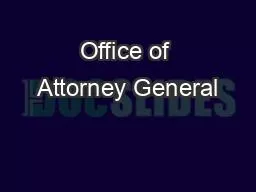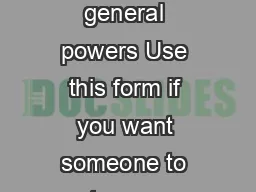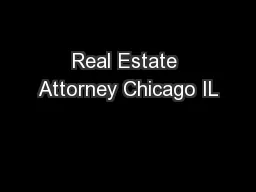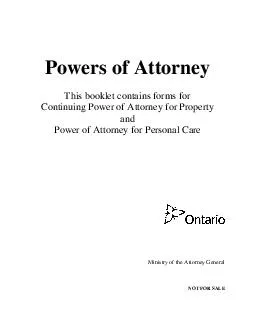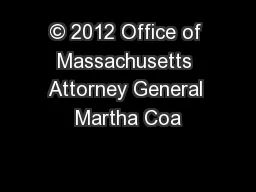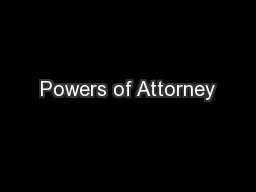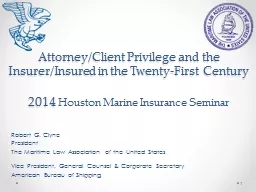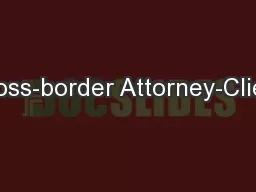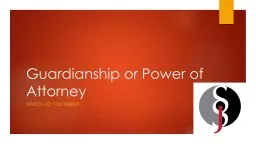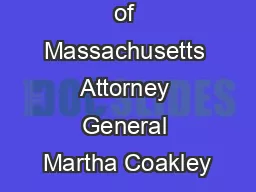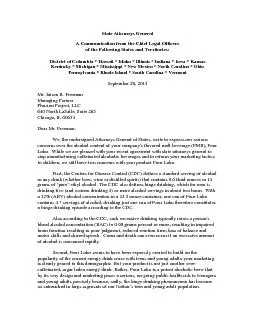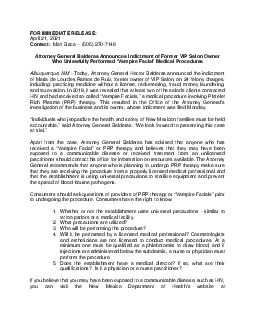PDF-Office of Attorney General
Author : eddey | Published Date : 2021-10-02
NORTH DAKOTACONCEALED WEAPON LICENSEBureau of Criminal InvestigationPO Box 1054Bismarck ND 585021054Email ndagndgovIssue date August2021NOTICETHE CONCEALED WEAPONS
Presentation Embed Code
Download Presentation
Download Presentation The PPT/PDF document "Office of Attorney General" is the property of its rightful owner. Permission is granted to download and print the materials on this website for personal, non-commercial use only, and to display it on your personal computer provided you do not modify the materials and that you retain all copyright notices contained in the materials. By downloading content from our website, you accept the terms of this agreement.
Office of Attorney General: Transcript
Download Rules Of Document
"Office of Attorney General"The content belongs to its owner. You may download and print it for personal use, without modification, and keep all copyright notices. By downloading, you agree to these terms.
Related Documents

